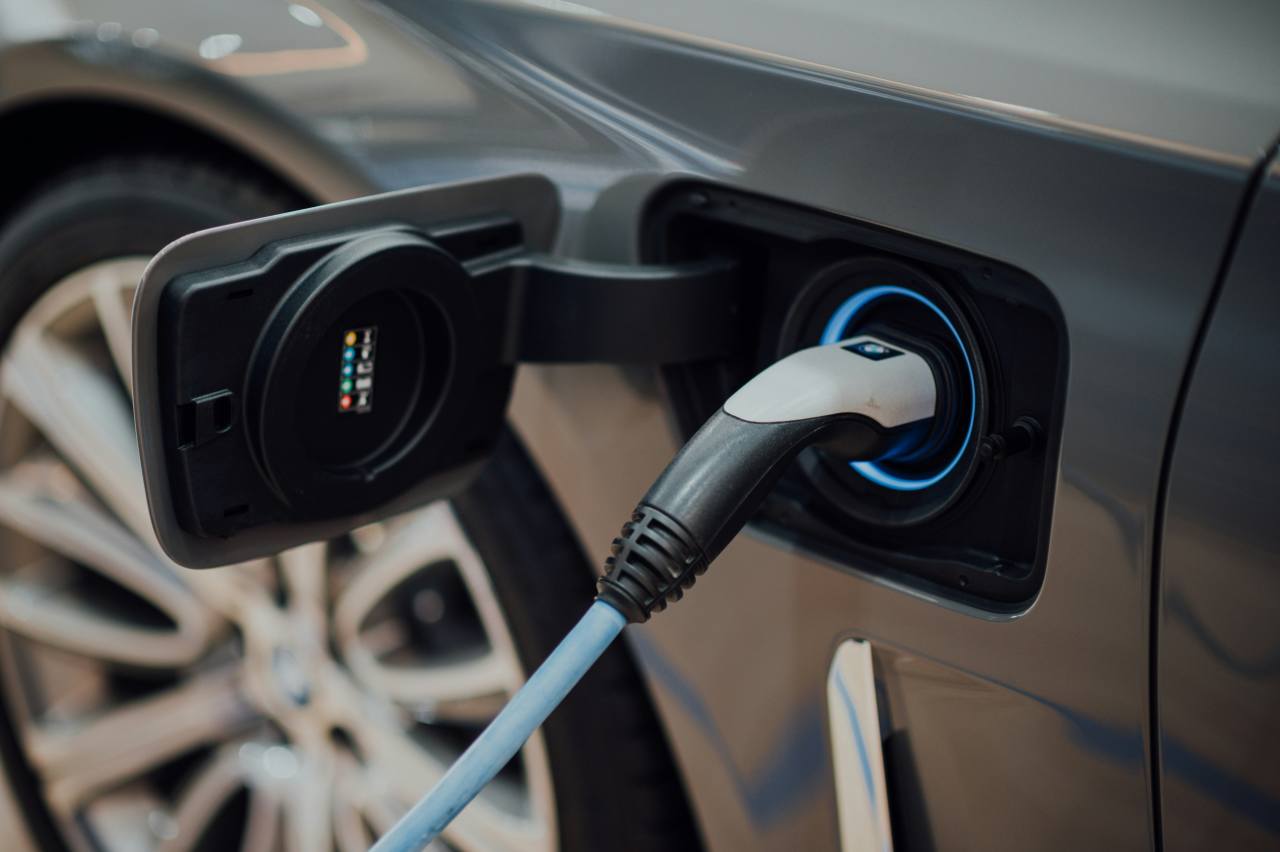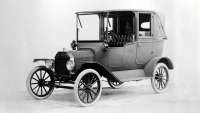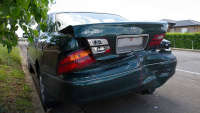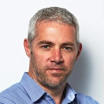There are a lot of things to dislike about service stations: petrol pump nozzles you need to insert and withdraw a dozen times before they work, water to wash your windscreen that looks like it’s been retrieved from a toilet and rest rooms that more often than not look like crime scenes. And smell worse.
You can at least kiss some of those things goodbye once electric vehicles (EVs) become the norm, and the fossil fuels for your car become extinct, making way for a network of EV charging stations.
But what exactly is an electric car charging station? And are there electric car charging stations in Australia?
Different types of electric car recharge station
When it comes to categorising EV chargers, there are three different levels.
Level 1
.jpg)
The bog standard wall socket you plug your toaster and mobile phone charger into that delivers AC electricity? That’s a Level 1 charger.
A cable usually supplied with the EV plugs into the 10-15 amp, single-phase power point, delivering around 10-20km of range per hour that you’re plugged in. Not recommended if you want to fully charge your EV in a hurry.
Level 2
.jpg)
A public AC chargepoint at a shopping centre or car park and a standard domestic AC “wall box” charger (which can be powered by renewable energy, like solar) you’d have at home are both Level 2, and these dedicated EV chargers are capable of charging at a rate of up to 7kW (10-15 amp, single phase).
Expect to gain around 40km of range per hour plugged in, which will most likely be enough to top up your average daily use, and is capable of fully charging your EV overnight.
Level 3
_0.jpg)
Commonly called “fast chargers” or “superchargers”, these are dedicated DC chargers that operate at power levels from 25kW to 350kW (40–500 amp, three phase).
As you’d guess, DC chargers deliver electricity a whole lot faster than AC chargers, and they are typically found in commercial premises, car parks and road-side locations.
Once plugged in, the lower end of this method will add about 150km of range per hour plugged in; the upper end can give you a full recharge in as little as 10 to 15 minutes.
Tesla has its own network of DC Superchargers in Australia - there are close to 40 around the country, with more on the way - but be warned: despite being the world’s fastest chargers, they’ll only work with Teslas and not other EV models. Does that seem a little unreasonable? Well, there’s a chance that Musk will flick a switch and make them available to everyone, indeed he’s pledged to do so, but it hasn’t happened yet.
Electric car charging stations in Australia

How many electric car charging stations are there in Australia? At this stage, there’s not a whole lot spread across the map: 1580 regular AC charging locations and 291 public fast charging locations, which is a drop in the ocean when you consider that China has 1.419 million public EV charging stations across the entire country, with a whopping 87,000 built in May 2022 alone.
There are several EV charging infrastructure and hardware providers operating within Australia, including Chargefox (currently our biggest network), Jet Charge, Tritium, EVSE, Schneider Electric, Keba, EVERTY, NHP Electrical Engineering and eGo Dock.
In terms of where are the chargers within Australia, here’s a brief breakdown based on statistics gathered in April 2022.
NSW
93 DC chargers and 463 AC chargers for a combined total of 556 charging points (as you’d expect, the majority of these are in and around Sydney). As of the end of 2021, there are 10,026 battery-electric vehicles on the road in NSW, meaning there are only 0.05 charging stations per EV.
Victoria
67 DC chargers and 363 AC chargers for a combined total of 430 charging points. The Victorian Government has announced a new program where all Victorian businesses can apply for a share of $1.5 million in grants to install EV-charging stations.
QLD
Has 63 DC chargers and 262 AC chargers for a combined total of 325 charging points. Queensland also has what they call an “electric super highway” consisting of 31 fast-charging sites, allowing Queenslanders and tourists to confidently travel from Coolangatta to Port Douglas, and from Brisbane to Toowoomba in EVs.
WA
Has 31 DC chargers and 202 AC chargers for a combined total of 233 charging points. In 2022, the Western Australian government has pledged to invest $22.6 million in new charging infrastructure across the state.
SA
14 DC chargers and 180 AC chargers for a combined total of 194 charging points.
NT
2 DC chargers and 14 AC chargers for a combined total of 16 charging points. No, that's not a lot.
ACT
5 DC chargers and 29 AC chargers for a combined total of 34 charging points.
Tasmania
18 DC chargers and 67 AC chargers for a combined total of 85 charging points.
The future of EV charging stations in Australia
The adoption of EVs in Australia has been slow, hence a relatively low number of public EV-charging stations, but the situation is improving.
There’s been an increase in federal and state governments investing in public chargers, and private companies have been building networks along highways.
Local councils are also increasingly installing chargers in public areas as demand for chargers from local communities increases.




.jpg)
.jpg)
.jpg)


.jpg)

.jpg)
 copy.jpg)
_0.jpg)

.jpg)
.jpg)





.jpg)
Comments